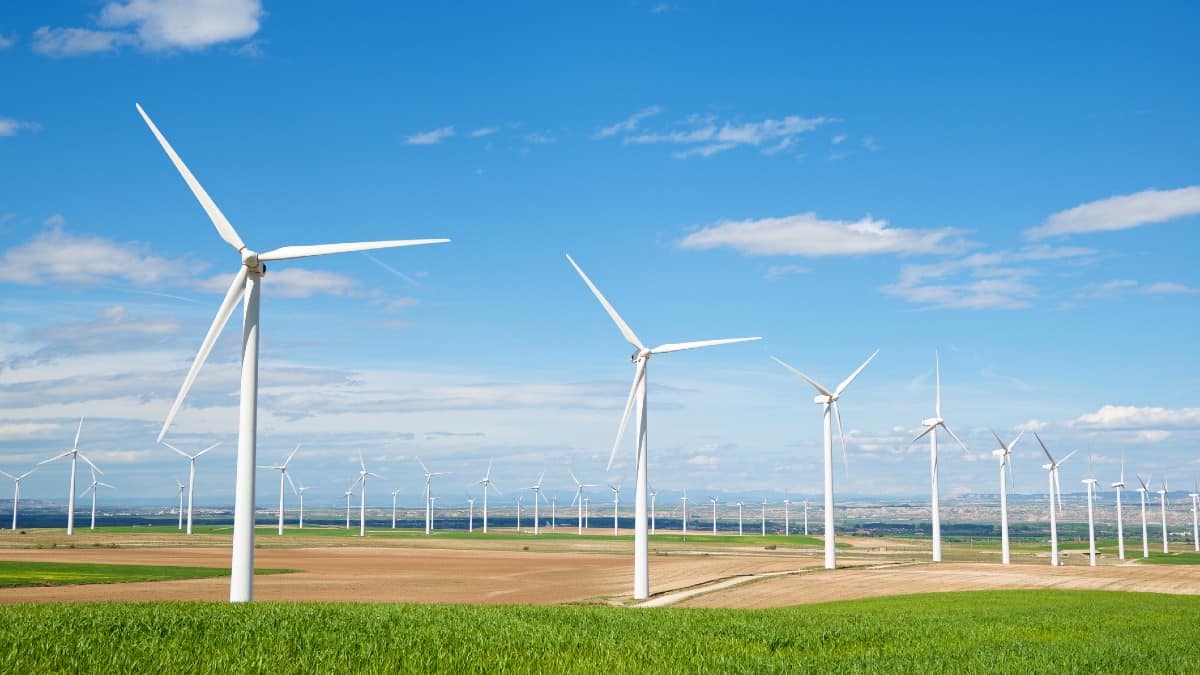I’ve been looking at energy company SSE (LSE: SSE) and I realise that one risk is that the share price may plunge like National Grid‘s.
The power grid operator had launched a £7bn Rights Issue in May to raise more money to invest in the national electricity transmission system.
Might SSE do something similar? For now, the stock is tempting for dividends and potential growth. The business is well placed to benefit from the UK’s energy transition to renewables.
The directors reckon the government’s “clean energy mission” aligns with SSE’s “fully-funded” £20.5bn Net Zero Acceleration Programme Plus investment plan, which lasts until 2027.
For the time being, then, SSE is unlikely to tap shareholders for more money as it continues to invest in renewable energy assets.
A rebased dividend
Nevertheless, the balance tilted when the company rebased the dividend lower for 2024. That move demonstrated the need to plough more money into the business rather than giving it to shareholders.
However, SSE said it will target dividend growth of between 5% and 10% annually from the new lower level between 2024 and 2027. But what will happen after that?
The directors said today (18 July) they’re keen to work with Ofgem, government and wider stakeholders (such as shareholders) to ensure the future regulatory framework delivers a “cleaner, more secure and affordable energy system”.
Those are ambitious words, and the reality of the investment task ahead may yet lead to needing more money from shareholders.
The company owns and invests in onshore and offshore wind generation assets. It also has conventional hydro-electric and pumped-storage operations. Today’s, first-quarter trading statement is “in line with expectations” and the firm’s renewables output in the quarter rose by 60% year on year to 2,596 gigawatt hours (GWhs).
Therefore, through April, May and June, SSE’s renewable assets chucked out enough energy to power around 865 million kettles continuously for an hour — impressive!
The improvement in output reflects a return to “more normalised” weather conditions, as well as year-on-year capacity increases.
The often-unpredictable weather may be an ongoing problem. The financial and trading performance of the business will likely be affected more and more as it evolves towards renewables.
Operations balanced by gas assets
Looking ahead, the company said financial expectations are also subject to “market conditions and plant availability” across the coming “key” winter months.
Nevertheless, for the time being, SSE also has a sizeable operation in gas-fired energy generation. Output for that segment dropped by just over 10% in the quarter to 3,338 GWhs.
Despite the fall, the gas assets still produced almost 29% more energy in the period than the renewables operations.
Chief financial officer Barry O’Regan said the firm made a “solid” start to the financial year and is converting its “premium” project pipeline into “high-quality, sustainable” earnings.
Despite future funding risks, the vagaries of the weather and other uncertainties, I think SSE looks interesting. With the share price near 1,850p, the forward-looking earnings multiple for the current trading year is around 11 and the anticipated dividend yield is about 3.75%.
That valuation looks undemanding and I’d conduct deeper research now with a view to considering some of the shares to hold long term.
This post was originally published on Motley Fool




